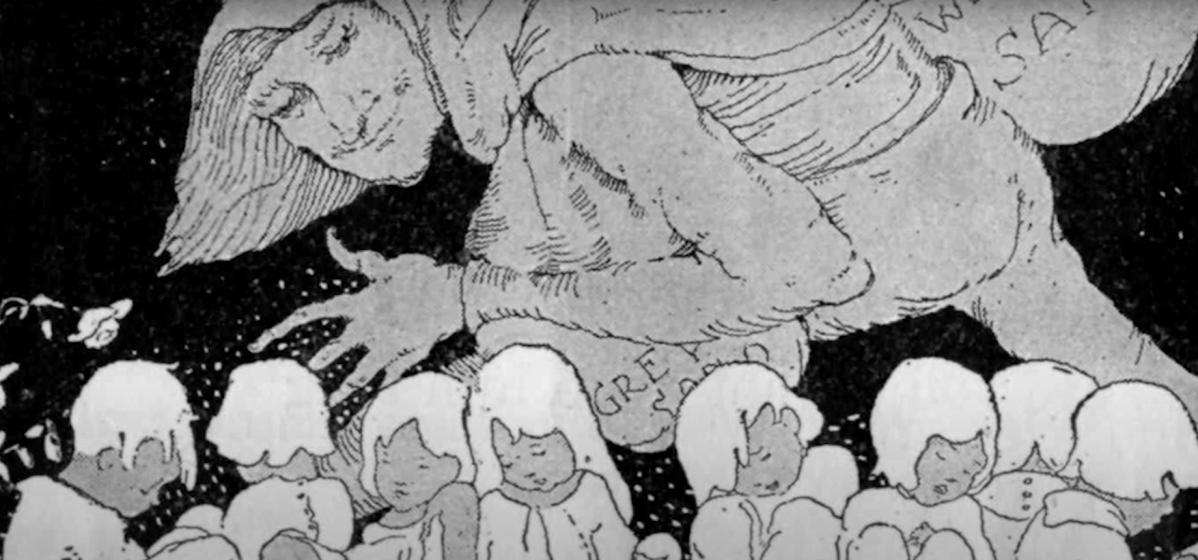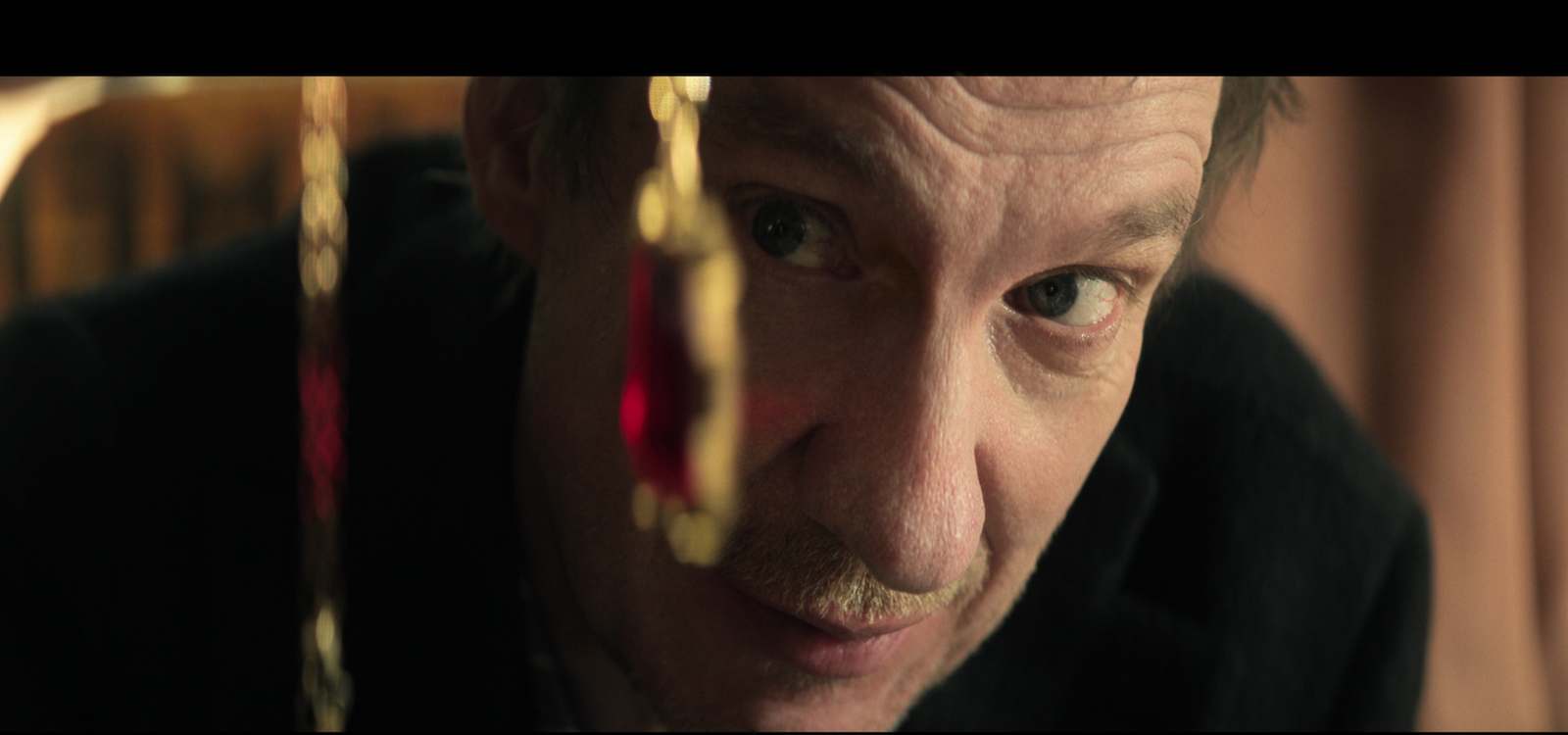Neil Gaiman’s The Sandman is one of the most critically acclaimed and loved comic book series of all time, and is soon to become a new Netflix series. But many of us who grew up before the book series started in 1989 can remember hearing of “The Sandman” as children. The term was even the namesake of a famous song in the 1950s. What is, exactly the origin of the mythical Sandman, and does he have anything to do with the comic book character he shares a name with?
The Sandman isn’t just remembered by Gen X-ers and Baby Boomers as a character from their childhoods. The legendary entity has been known for several centuries, and its origins go back to the myth and lore of Eastern and Northern Europe. According to Scandinavian folklore, the gritty deposits of sandlike “rheum” that accumulate in the corner of one’s eyes during sleep are placed there by a spirit called the Sandman who sprinkled the sand on people’s eyes the night before to ensure a good night’s sleep and peaceful, pleasant dreams.
For many years The Sandman was merely a benevolent spirit, much like the Tooth Fairy or Santa Claus, thought to encourage children to behave and go to bed on time and go to sleep. His first printed appearance was in German dictionaries published in the 1700s which defined the idiom “der Sandmann kommt,” literally, “Sandman is coming” — a phrase used to tease sleepy children.

In 1816, German fantasy author E.T.A. Hoffmann described a version of the creature in his story Der Sandmann which took on a far more sinister tone. In Hoffmann’s tale, the entity would sprinkle sand on the eyes of children but he would then harvest their eyes and take them away to an iron nest on the dark side of the moon where he fed them to his own children. This version of the character is terrifyingly similar to one of the principal antagonists of Gaiman’s series, The Corinthian.
Spirits similar to the Sandman exists in other parts of the world as well, such as Moș Ene from Romanian folklore and the French Canadian Bonhomme Sept Heures (seven o’clock guy) who not only puts children to sleep but captures naughty children who do not go to bed and carries them off in his sack. In the Netherlands, Belgium, and parts of South Africa, a similar spirit is called “Klaas Vaak.”
Speaking to HowStuffWorks, Dr. Maria Tatar, professor of German Studies, Folklore, and Children’s Literature at Harvard University, detailed the most unsettling thing about the Sandman:
“The unusual thing about the Sandman is, he’s a lot bigger than you are — there’s no defeating him. You can’t face him down like you can the villains in fairy tales. There’s no happily ever after except falling asleep, giving in. He can’t be beheaded or trapped or tricked like other villains. It’s hard to distinguish fairy tale, myth, legend and all of that, but in a way he belongs more to the realm of myth than fairy tales.”























Published: Jul 27, 2022 03:18 pm